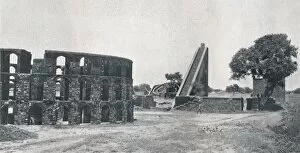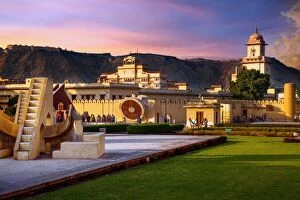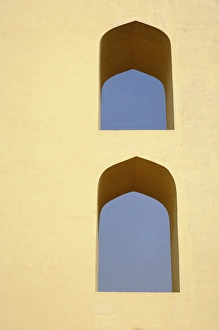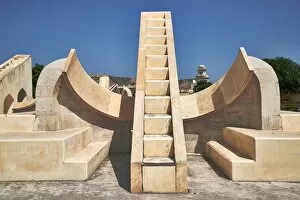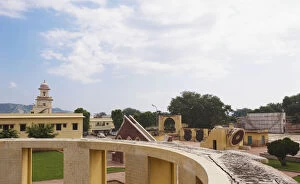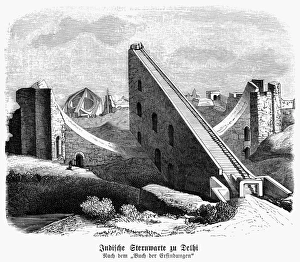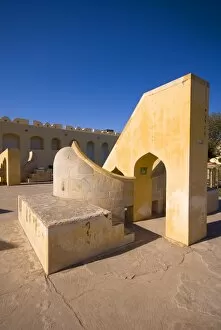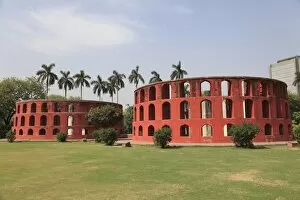Jantar Mantar Collection
Jantar Mantar, a UNESCO World Heritage Site located in Jaipur, Rajasthan, India, is an architectural marvel that houses a collection of astronomical instruments
All Professionally Made to Order for Quick Shipping
Jantar Mantar, a UNESCO World Heritage Site located in Jaipur, Rajasthan, India, is an architectural marvel that houses a collection of astronomical instruments. Built between 1728 and 1734 by Jai Singh II, this observatory showcases the brilliance of ancient Indian astronomers. Stepping into Jantar Mantar feels like entering a time capsule as you witness the intricate craftsmanship and scientific knowledge embedded in each instrument. These tools were designed to measure celestial movements with astonishing accuracy even centuries ago. The observatory in New Delhi also boasts similar structures built in 1724. It serves as a testament to the widespread influence of Jantar Mantar's design and its significance in advancing astronomical studies during that era. One cannot help but be captivated by the grandeur of these instruments. From massive sundials to towering geometric structures, they stand tall against the backdrop of Jaipur's City Palace. The precision and attention to detail are evident even today. Visiting Jantar Mantar is like taking a journey through time; it allows us to appreciate the genius minds behind these creations while gaining insight into ancient Indian astronomy. As you explore this open-air observatory, you can't help but feel awe-inspired by its historical importance and architectural beauty.






